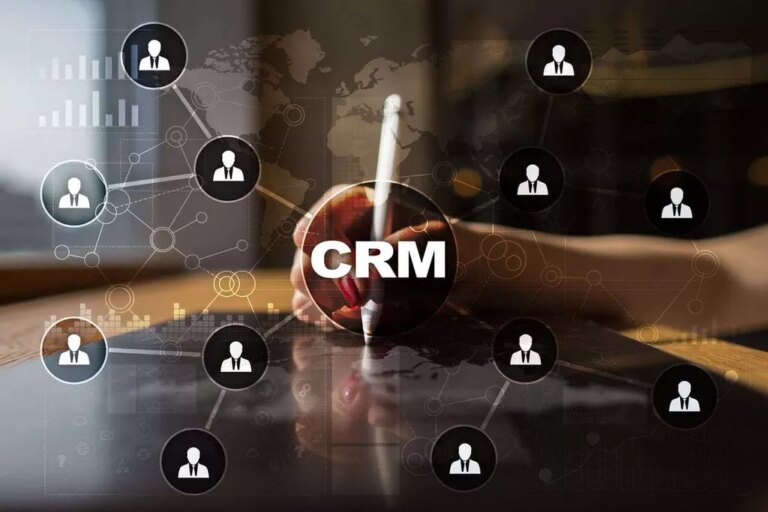It is better if the Product Owner or requestor or even a business analyst or team member takes some time to document what the request is all about. The right people will usually also include a Subject Matter Expert on the business process, the system, or the customer need. The idea is to have someone there who can speak to why the item is being requested and how the solution fits into the business process. Priorities can also change as the project progresses and based on business needs. This can lead to shifting priorities for backlog items, requiring continuous reassessment and adjustment. When the backlog items are appropriately sized, the Development Team can start working on them without confusion or delays.

In the movie by Henrik Kniberg, ‘Agile Product Ownership in a Nutshell’, three things you typically do during Product Backlog Refinement are mentioned. Slicing, estimating and writing acceptance criteria for Product Backlog items in collaboration with stakeholders.. If your team is using flow metrics and closing an average of 10 PBIs per Sprint and you have 30 refined PBIs, your team has three Sprints of ready work, and the ready story forecast is—you guessed it—three. Product Backlog Refinement also referred to as Product Backlog Grooming, is a method for keeping the backlog updated, clean and orderly.
So, is there such a thing as too much refined work?
A ready story forecast indicates how well refined your team’s Product Backlog is. If your team had to plan a Sprint tomorrow, would there be enough PBIs ready that you could pull into the Sprint? The number of Sprints you could support with https://www.globalcloudteam.com/techniques-and-practices-for-product-backlog/ ready PBIs equals the ready story forecast. Each item on the list is called a Product Backlog item , and each PBI contains a description, sizing, and order. A well-refined Product Backlog is essential for high-performing Scrum Teams.
- The Product Owner invites a “celebrity” (an end user, subject matter expert, Product Owner, etc.) to the backlog refinement.
- When it comes to how much is enough refined work, I advise targeting 1.5 to 2 times the scrum team’s current sprint capacity.
- For a Product Owner, one of the first steps when a stakeholder has an idea is to find out what this person would like to have and why they need it.
- Connecting product managers, developers, and industry news to help you build better products.
- The answer to “who attends/” is “The scrum team decides.” Who are the people needed to be able to move refinement forward on the items being discussed?
- Product Backlog Refinement is possible to be done during Sprint planning, although we at Exadel don’t recommend that, especially for new teams.
- A refined Product Backlog combined with historical information about the Scrum Team’s ability to deliver working product helps you forecast.
Regularly cleaning up your Product Backlog is good practice, but the exact frequency is up to you. Many teams clean out their Product Backlogs yearly, and others clean up more frequently. As the Product Owner, if you are not familiar with the lower ordered Product Backlog items, your team might be refining too much work. If a significant percentage of the refined work in your Product Backlog has become obsolete, that might also indicate you are refining too much work.
Estimation
Timebox your refinement of an individual item and come back to it at a future session. Even if you think you’re “done” refining an item, set it on the shelf and come back in the next meeting to be sure. The advantage of leaving the estimation until later is that the team has more time to understand and further refine the backlog items, https://www.globalcloudteam.com/ which will increase the accuracy of the estimates. The disadvantage is that the team may struggle to come up with the estimates in a sprint planning meeting. There is also no further time if there are unanswered questions at sprint planning to resolve those questions before the items get estimated and pulled into the sprint.

Thus further ensuring the Product Backlog is prepped with the highest priority user stories for Backlog Refinement . Do not schedule backlog refinement meetings during the first and last 20% of the Sprint Planning session. His focus is on transforming and building high performing innovative organizations and teams that deliver impactful products early and maximize ROI. Faditrains and coachesclients on agility and organizational culture, leadership, product management, user-centered design, agile engineering and DevOps. Fadi is based in Washington DC, co-organizes DC’s largest scrum user group, and frequently presents at conferences nationwide.
Size and split
This allows you an ongoing process to help maintain a prioritized list of features and functionalities that can be added to your product in the future. A backlog can be defined as a set of user stories that are not present in the current sprint that defines the project’s scope context. The stories which are left unattended may interfere with the functioning of the development team.

Furthermore, the backlog refinement process identifies dependencies and updates the descriptions, user stories, and criteria of backlog items. The scrum team is responsible for creating a product backlog in a refinement meeting. The development team has many responsibilities during this process. They are responsible for estimating how long it will take them to implement each feature and then prioritizing those estimates by their importance and urgency. In short, product backlog refinement is taking a backlog item and ensuring the scrum team can complete it in a sprint, thereby creating a usable increment of value. A team may want to also estimate their product backlog items in the Backlog Refinement meeting.
Product Backlog Refinement explained (2/
This allows the product to improve and align with the changing needs of the users and the business. During discussions, the team collaboratively generates new ideas to adapt and respond to changing requirements, market conditions, or customer feedback. They incorporate new information and innovations and make necessary changes. The frequency and duration of the process may vary based on the team’s needs and the product’s complexity. In this article, you’ll learn about the key activities in this process, the people involved, its frequency, and its benefits. You’ll also learn about the challenges of developing strategies and solutions in advance.
Product backlog refinement is not an activity a product owner does on their own. It is for the entire scrum team which means it’s a collaborative activity with the developers. It might also include relevant stakeholders or subject matter experts to provide additional clarification on upcoming product backlog items or user stories. The product owner ensures the product backlog is ordered properly while the developers ensure the product backlog Items are clearly understood and are properly sized to fit in a sprint. Avoid having a product owner or business analysts refine the product backlog items on their own and then hand things over to the rest of the team to build and develop.
The refinement meeting
It helps the team to have a well-prepared backlog that accurately represents the product vision. It also facilitates effective sprint planning meetings and enables smoother implementation during the next and upcoming sprints. Product backlog refinement is different from sprint backlog or backlog grooming. Often, Scrum Teams come together once per Sprint, or once per week to have their “refinement meeting”.

Dependencies increase the risk of delays and hinder the Scrum Team from creating a usable increment until the end of the sprint. Magic Estimation and Planning Poker are estimation practices based on relative sizing. All strategies help Scrum Teams and their stakeholders to have conversations about the upcoming work and thus clarify the items in the Product Backlog. Backlog Refinement when done properly, with breadth-first product thinking, can help answer all of these questions. This is a good system that encourages breadth-first product thinking, rather than piecemeal iterative backlogs that are just laundry lists of implementation ideas. Impact Mapping is a variation on Story Mapping, created by Agile testing author Gojko Adzic.
#4 – Reduce Dependencies
Can aid in product backlog refinement by providing data on the team’s efficiency, resource availability, and capacity constraints. This information assists in making informed decisions about the prioritisation and sequencing of product backlog during refinement sessions. Feel free to break down the product backlog items during the meeting.


Share your feedback about this course